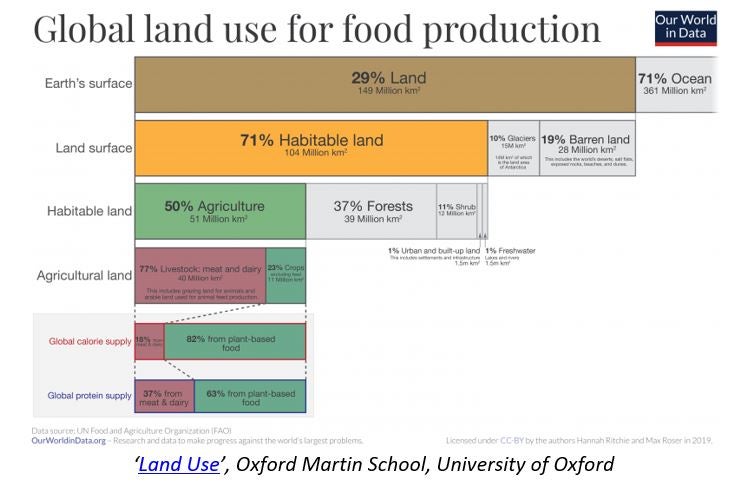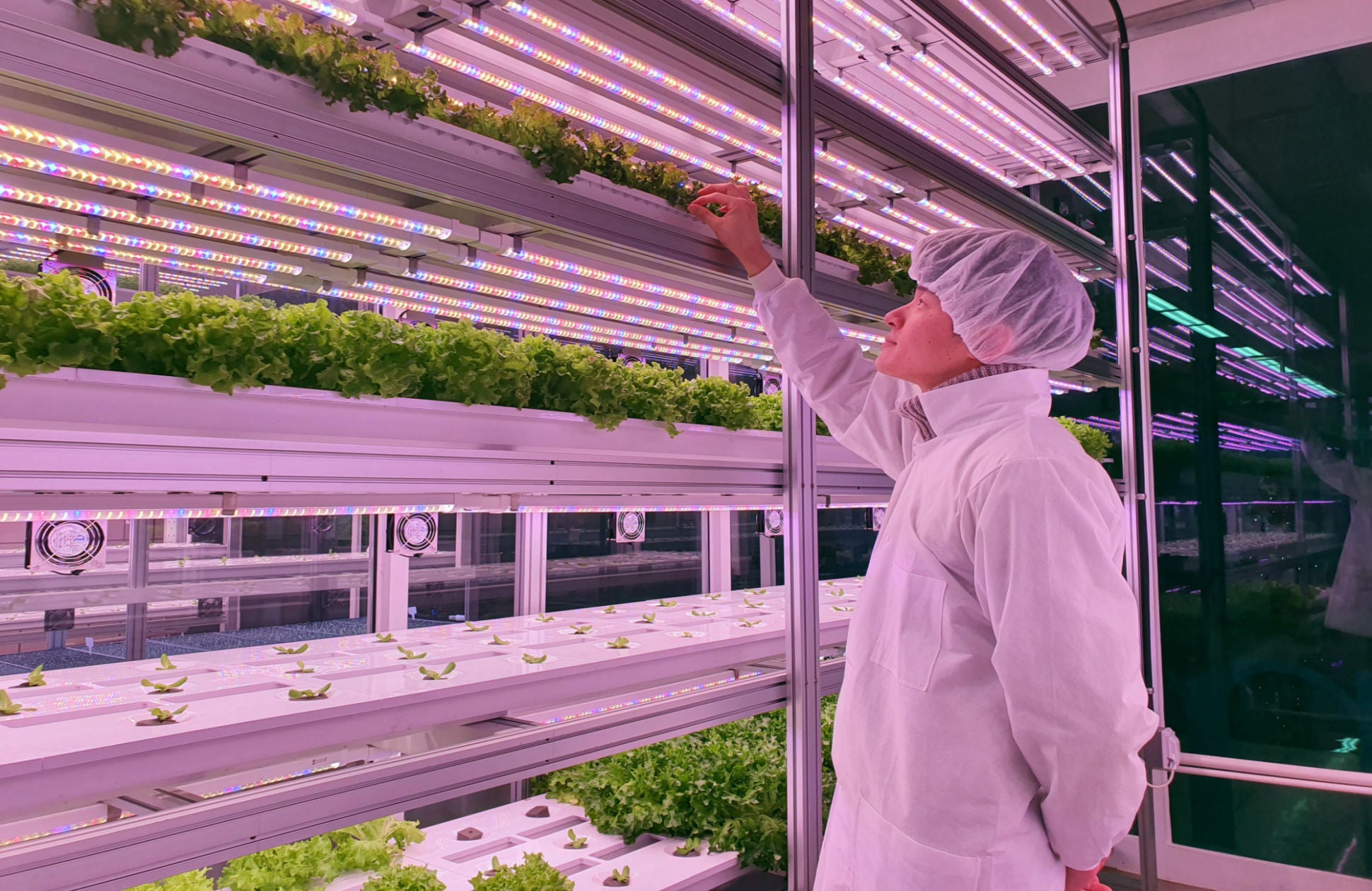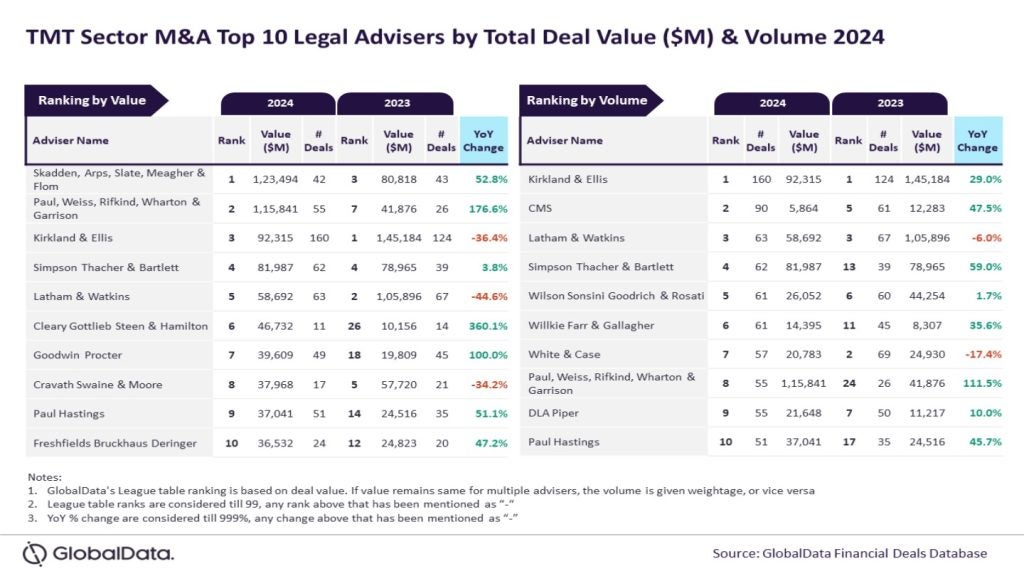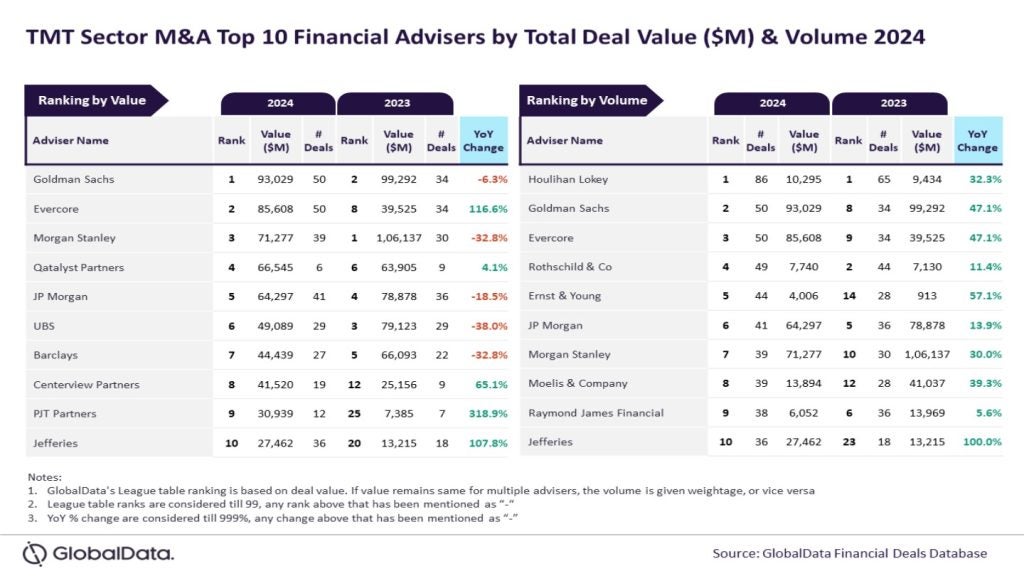The AgTech revolution, which includes vertical farming, is predicated on the use of any technology in agriculture, horticulture, or aquaculture that can lead to improvements in yield, efficiency, and profitability for farm managers and growers.
Vertical farming—the practice of growing crops in vertically stacked layers, typically indoors—can drive significantly higher crop yields while requiring less land. However, it also consumes more energy, and, at the moment, production costs are much larger than traditional methods. Therefore, is vertical farming environmentally friendly or not? Is vertical farming an ESG investment?
What is vertical farming?
Vertical farms grow crops in vertically stacked layers (often within a controlled environment) and leverage soilless farming techniques such as hydroponics, aquaponics, and aeroponics. Controlled-environment agriculture (CEA) uses technology to both protect crops from outdoor elements and optimize the use of resources such as water, energy, space, capital, and labor. Such technologies aim to replace soil with alternatives such as water-based mineral nutrient solutions in aqueous solvents, or an air or mist environment.
The concept of vertical farming was born in 1999 amid the burgeoning internet bubble at Columbia University, where Dickson Despommier, a professor of Public and Environmental Health, and his students came up with a design of a skyscraper farm that could feed 50,000 Manhattanites.
Pros and cons
There are many advantages to vertical farming, yet its current challenges still make it an experimental sector.
The crop yield, typically measured in thousands of pounds of product per acre of land, can be as much as 10 times higher than traditional farms. And, by being grown indoors, crops are less affected by weather disruptions, significantly reducing investment risk. Both of these factors vastly increase the productivity of vertical farms. From a broader supply chain perspective, with vertical farms typically located in urban areas, transportation costs are also reduced.
How well do you really know your competitors?
Access the most comprehensive Company Profiles on the market, powered by GlobalData. Save hours of research. Gain competitive edge.

Thank you!
Your download email will arrive shortly
Not ready to buy yet? Download a free sample
We are confident about the unique quality of our Company Profiles. However, we want you to make the most beneficial decision for your business, so we offer a free sample that you can download by submitting the below form
By GlobalDataOther less quantitative advantages include the ability to support a larger variety of crops at once because they do not share the same plots of land. From an environmental perspective, vertical farming is less disruptive to the native ecosystem due to its more limited usage of land, leading to further conservation of the local flora and fauna.
That said, there are also disadvantages to this new type of farming. Start-up costs can be high, particularly if the land is purchased in central business districts. And, as with any new technology, vertical farming is not yet capable of scaling production at the level of traditional rural farms.
Furthermore, the energy consumption of vertical farms is much higher than traditional farming because they depend on LED lighting. As such, unless energy sources are renewable, this new type of agriculture would go against ESG principles.
For a long time, it has been a challenge to balance energy consumption needs with the efficiency of renewable sources like solar panels. However, significant progress has been made. For instance, New York-based Bowery Farming runs all its operations on 100% renewable energy, including hydropower, and Brooklyn-based Upward Farms’ soon-to-be-opened new farm in Northeast Pennsylvania is also expected to run on 100% renewable energy.
Vertical farming is a long game
While this technology still has a long way to go before being commercially competitive with traditional agriculture, several long-term drivers suggest it qualifies as a disruptive technology worth investing in.
The United Nations predicts that from 7.6 billion today, the world population will reach 8.6 billion in 2030, 9.8 billion in 2050, and 11.2 billion in 2100. And although arable land has been growing, particularly in Latin America, the growth has not been anywhere near enough.
Ultimately our planet is a finite resource. According to the Food and Agriculture Organization (FAO), arable land per person declined by 40 percent, from 0.43 ha in 1961/63 to 0.26 ha in 1997/99. Alongside this, there is a better understanding of the negative impact on the planet of increasingly turning more and more natural ecosystems into agricultural land. The FAO estimates that agricultural land area globally is already approximately five billion hectares, or 38 percent of the global land surface.

There is clearly a need to either reduce global human population growth or find a more land-efficient way to produce food. Vertical farming could be part of the solution.







